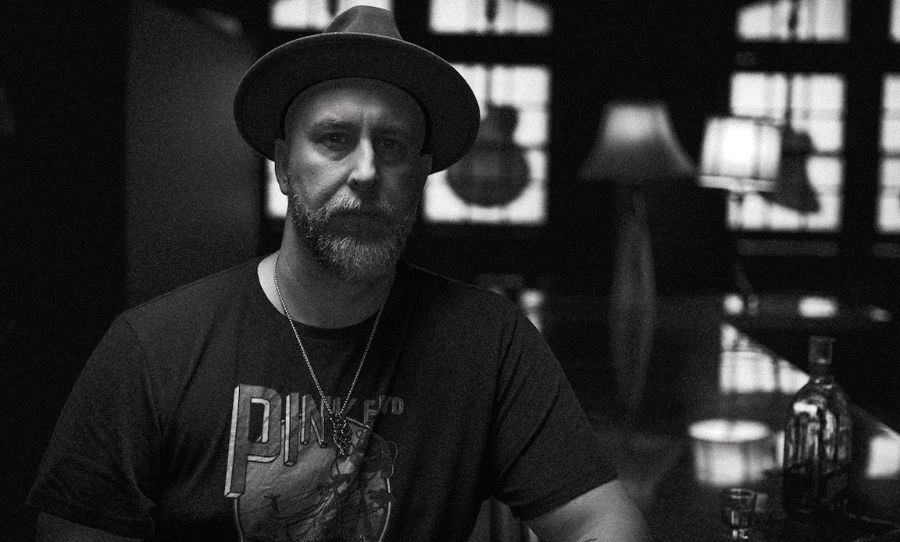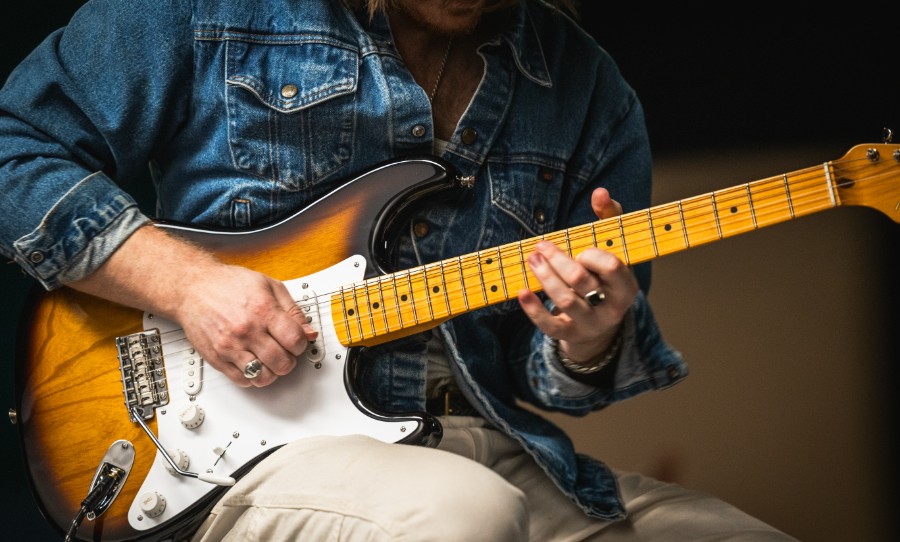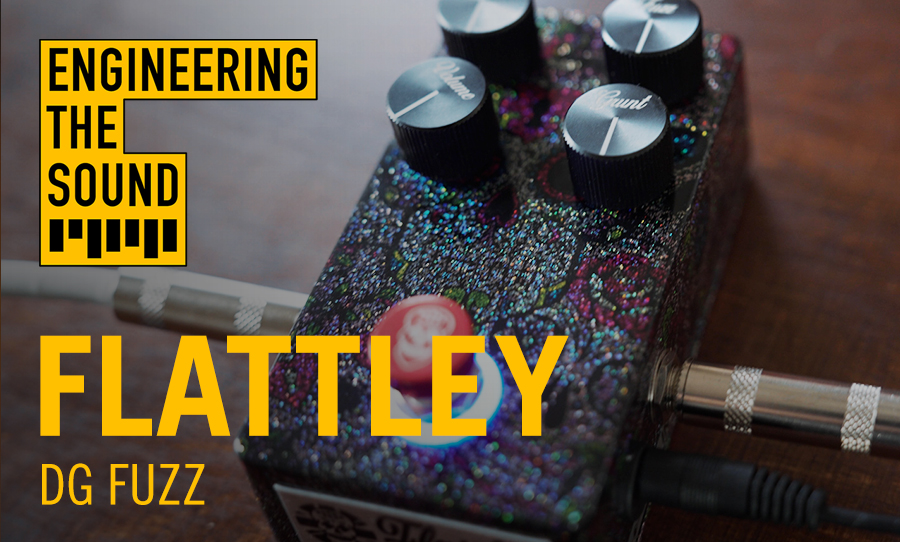Even though you might not recognise the baritone guitar by its look, you will know that low, distinctive sound. Let’s look into this trailblazing guitar.
The baritone guitar is a mystical instrument with its in-between bass and guitar tuning, often twangy, surf rock sound, and its more than useful application as a melodic instrument. Residing somewhere in the musical nether realm, it has an instantly recognisable, yet versatile character.
Let’s look at how the baritone got its voice and why musicians such as Robert Smith, David Lynch, Phoebe Bridgers, Aretha Franklin, The B-52s and James Hetfield use this across their music.
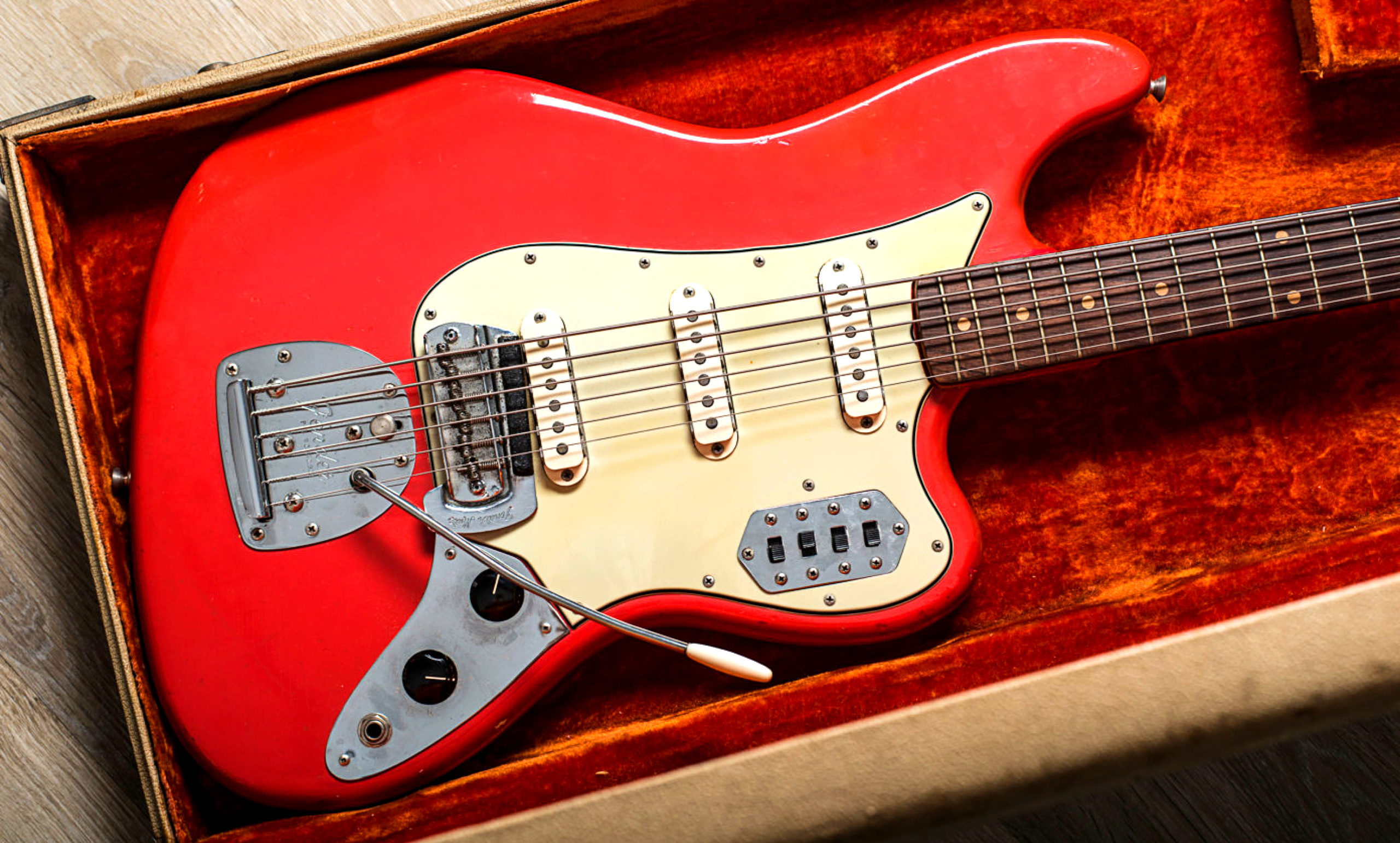
How did it come about?
The first electric 6 string baritone guitar was unintentionally made by Danelectro in 1956, as it was originally sold as a 6 string bass. That design morphed and along with it came many reproductions by other companies, whether that be classified as a baritone guitar or a 6 string bass.
It quickly took off in the recording studio, with a technique dubbed the ‘Tic Tac Sound’ or ‘Tic Tac Bass’ where musicians doubled the bass line using a pick and muting the strings on either 6 string bass or baritone guitar. These days baritone guitars are available from a huge range of companies from ESP, Epiphone, Eastwood, Fender, Gretsch, Gibson, PRS, and Schecter to name a few.
Whilst many might assume the Fender VI is a baritone guitar, Fender has strongly stated on their website that their Fender VI, also known as a Bass VI, which was designed and offered from 1961 to 1975 is not a baritone guitar, It is a 6 string bass guitar. Fender did offer baritone guitars, the Sub-Sonic Baritone Stratocaster of 2000-2002, the Jaguar Baritone Special HH of 2005-2010 and the Blacktop Telecaster Baritone in 2012.
The baritone in the studio
Being a child of the ’50s and ’60s, the baritone guitar was destined for some classic recordings. Aside from its functional versatility in the studio (see the aforementioned ‘Tic Tac Sound’), it had a character that offered playfulness, sonority and mystery to any production it graced.
Notable early recordings are Duane Eddy’s The Twangs the thing LP, Aretha Franklin‘s Chain of Fools, Glen Campbell’s Wichita Lineman. On the classic Pet Sounds by the Beach Boys, which featured the session musicians The Wrecking Crew, bassist Carol Kaye added her signature Fender Precision bass plucked sound doubling the bass parts sometimes, whilst Brian Wilson played Danelectro 6 string bass on Caroline, No and there’s some speculation it is also on other parts of the record.
Whilst not a baritone guitar, the B-52s used a baritone-tuned guitar for the main hook of their quirky 1978 hit Rock Lobster. This kind of use reminds us that the instrument is more than just a ‘bass’ instrument, and its use as a melody is evident throughout music history.
Where does the baritone live musically?
Whilst the original Danelectro came as an octave below standard guitar tuning (E-A-D-G-B-E), it has now been officially released as a baritone guitar with the general baritone guitar tuning of either a 4th below (A-D-G-C-E-A) or a 5th below (B-E-A-D-F#-B), however, most metal guitar gods go even lower like James Hetfield when he went down to A flat on his ESP Viper (named by Hetfield as The Grynch) for the Metallica song Invisible Kid.
To nestle in that realm between a guitar and bass, generally, the neck scale length of a baritone guitar is between 27 to 30.5 inches with string gauges being 14-68, whereas a standard guitar is generally 25.5 inches in neck length, with string gauges being 10-46.
Who is still using the baritone guitar?
Robert Smith of The Cure has famously used both a Fender VI and a Schecter Ultracure VI across recording and touring. The iconic Disintegration album from 1989 has baritone guitar parts all across it.
The cult classic TV series Twin Peaks theme features a baritone guitar as the main melodic instrument. Composed by Angelo Badalamenti, the grammy-winning theme shows off the instrument in all its glory with tremolo and reverb, and that classic low twang. However, it should be known that Badalamenti told Vulture.com that it’s actually a sample of Duane Eddy blended with a synthesizer!
Phoebe Bridgers started using a Danelectro baritone guitar since her 2017 debut album Stranger in the Alps. She claims she has replaced her nylon string guitar with her Danelectro as a writing tool. She told Guitar.com, “I have it plugged in at my house, I don’t even use a pedalboard…”
Irish musician Hozier uses a Gretsch baritone on his songs Jackie and Wilson and his hit Take Me To Church. In his Premier Guitar video Rig Rundown he also says he uses his baritone to double guitar parts.
The baritone guitar gets even lower in the metal genre with players like Dino Cazare from Fear Factory and Stephen Carpenter from Deftones tuning their 7 strings all the way down to A, G# or F# in the bass note. Some might even find that the invention of the baritone has led to the guitar breaking from its norm and being used lower and lower. Whilst not labelled as baritone guitars the instruments used in sub-genres such as djent go low proudly. Is this technological progression thanks to the invention of the baritone?
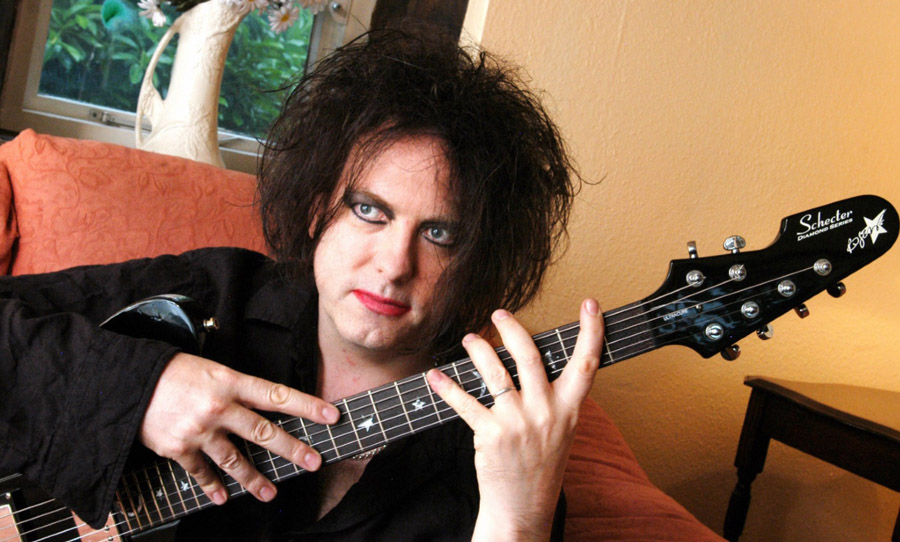
The baritone guitar has been a staple instrument in the productions of many a genre. It continues to allow guitarists to step away from standard tuning and frequency range while allowing them to explore a distinct voice. With continued use in both the background and foreground of many songs, there’s never been a more inspiring time to give it a try.

